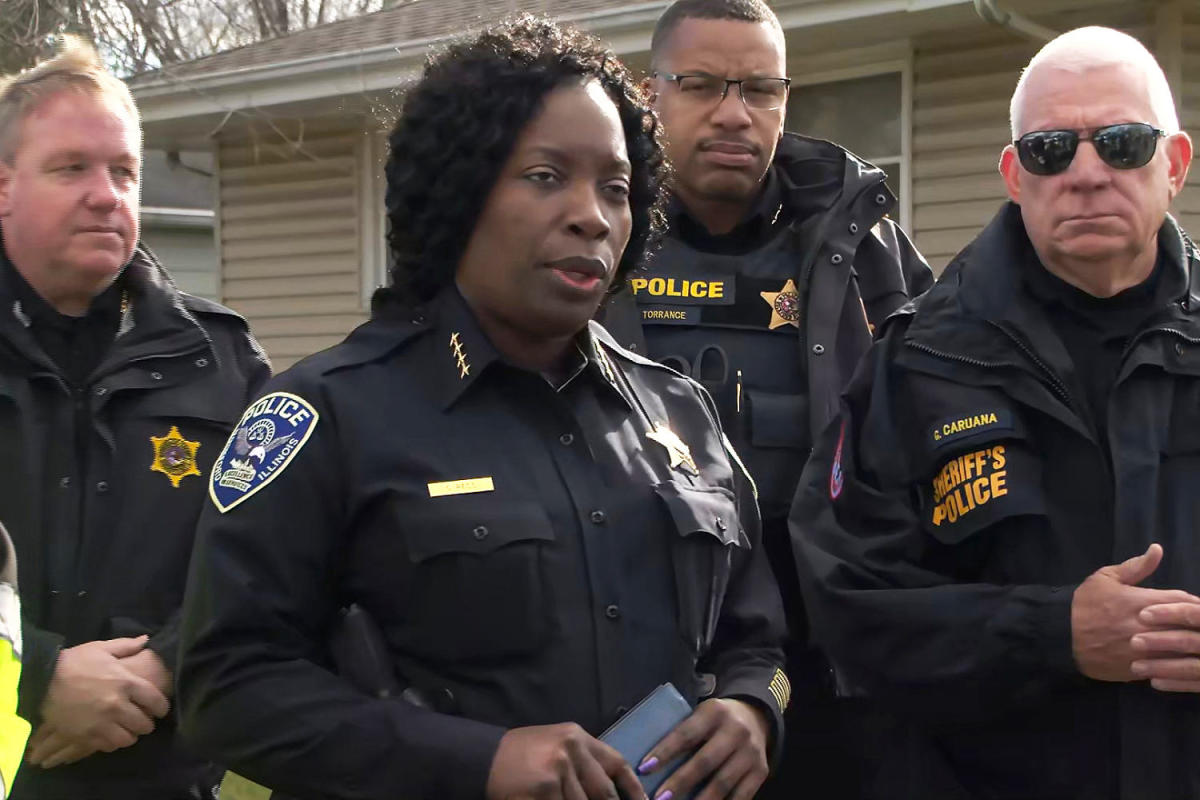#How NCAA plans to pull off ‘complex’ March Madness 2021

“#How NCAA plans to pull off ‘complex’ March Madness 2021”
The NCAA saw no other option. No way around it. The preference was a traditional tournament with 14 different sites across the country and fans filling up arenas.
But the COVID-19 pandemic doesn’t do traditional. It doesn’t care about history. It forced the governing body’s hands.
The NCAA saw how well one singular site worked for the NBA. It followed the other professional sports’ success and failures. It became clear by October there was only way to have an NCAA Tournament: in one specific city.
“It is a logistical challenge, but I think it is necessary one to do it in a safe and responsible and successful way,” Dan Gavitt, the NCAA senior vice president of basketball, told The Post in a phone interview.
It isn’t merely a challenge. It’s a completely new endeavor for everyone involved. Sixty-eight teams will descend on Indianapolis for March Madness, 68 teams with 34-member traveling parties all with two goals: to be the last team standing and avoid any issues with the pandemic.
“You stop to think about it, the NCAA has never been in this situation, and certainly we’ve never been in this situation,” said Rick Fuson, chairman of the Indiana Sports Corp Board of Directors and Pacers Sports & Entertainment president and CEO. “No other city in the country has been in this situation.”
The NCAA has created a pseudo-bubble it has dubbed a “controlled environment.” It includes four hotels — the JW Marriott, Hyatt, Marriott, and Westin Hotel — where the teams will stay, the 566,000 square-foot Indiana Convention Center and a connecting skywalk. Every individual will get his or her own hotel room. Players, masked and socially distanced, will be able to walk freely in those areas. Aside from limited hotel workers who will have minimal contact with them, everyone in the “controlled environment” will be “Tier-1” individuals getting tested daily. So will the bus drivers taking players to each site. The players themselves will wear tracking devices that keep tabs on who they are in close proximity to in order to aid contract tracing in case of a positive test.
Games, with up to 25 percent capacity, will be played in six different venues: Hinkle Fieldhouse, Indiana Farmers Coliseum, Bankers Life Fieldhouse, Lucas Oil Stadium, Mackey Arena and Assembly Hall. Only the latter two are not located within Indianapolis, but neither further than 70 miles out of the city. Lucas Oil Stadium, the pre-pandemic site of the Final Four, will host contests on two different courts, although not at the same time. The Indiana Convention Center will have 12 different practice courts and spaced-out meeting rooms for study hall or film sessions.
In any other tournament year, teams would practice at the site of their games and be free to practice again privately at another location. That is not possible this year. Practice times will be detailed and tightly scheduled for safety and protocol reasons. They will run from 9 a.m. to 10 p.m. daily until the tournament is trimmed from 68 to 16 teams.
“It’s a complex first week, for certain,” Gavitt said.
Everyone in a team’s traveling party needs to have seven consecutive days of negative tests before arriving in Indianapolis. Those who test positive cannot come until cleared at the medical level. But that wouldn’t preclude their teams from making the trip.

Teams began arriving in Indianapolis on Saturday night, flying socially distanced with N95 masks and goggles, without food or drinks being served. Others flew in Sunday with the rest landing Monday.
Once in town, they get tested and then quarantine for 24 hours and get tested again. Assuming the tests come back negative, teams can then begin preparing for their first games. From there, every player, coach, staff member and person in the traveling party will get tested daily.
The NCAA understands the potential pratfalls that loom. Positive tests knocking out multiple players. No-show contests enabling teams to advance. The virus creating chaos and ruining a tournament fans have looked forward to for two calendar years. Up until 6 p.m. on Tuesday, if a team records a slew of positive tests it can be replaced by a program left out of the original field of 68. They will not be reseeded.
The NCAA feels strongly that there will be no forfeit winners. It will allow teams to play as long as they have five healthy and eligible players.
“We don’t think that it’s a high likelihood of that possibility,” Gavitt said. “If teams follow the medical protocols carefully and mask and maintain distancing, the possibility of multiple positives and contact tracing that can knock out multiple student athletes, or God forbid an entire team, we think the risk of that is quite low.
“I remain very confident, but respectfully so. I am very clear-eyed on what the challenges are ahead of us. But I think we have a very solid plan and I remain highly confident we will have a successful tournament. But I’m respectful of the ongoing daily challenges of it and I am losing sleep over the many details.”
Indianapolis made perfect sense as the host for the tournament. The NCAA headquarters is there and the city had the facilities to house such a huge undertaking. The city successfully hosted several large youth sports events in recent months and the FIBA AmeriCup Qualifying and USA Gymnastics Winter Cup event in a bubble.
So it is prepared — kind of.
“It’s sort of like doing the moon landing simulator and landing on the moon,” said Leonard Hoops, the president and CEO of Visit Indy. “It’s two different things, but we feel confident in everything we’ve done up to this point.”
Fuson said his organization has made 10,000 March Madness masks. Ryan Vaughn, the president of Indiana Sports Corp, expects up to 2,000 volunteers will be needed working 5,000 different shifts. There will be 150 different buses transporting teams. Fusion’s vice chair at the Indiana Sports Corp Board of Directors, Jennifer Pope Baker, took time off from her full-time job to serve as a liaison to the NCAA.

“You know what her biggest project is? It’s laundry — it’s laundry,” Fuson said. “Think about doing 68 teams’ laundry, whether it’s practice gear, whether it’s the uniforms they wear in the games, whether it’s the towels or whatever else.”
That’s just one of the many logistical challenges the NCAA and Indianapolis are facing in trying to put on this once-in-a-lifetime event.
This will clearly be a different type of tournament. One city. Limited crowds. No bands or cheerleaders. But there will be 68 teams and 67 games. There is a bracket. There will be a tournament and a national champion.
“We know it’s a big, big job with a lot of things that need to be done quickly and be done really well in order to be successful,” Vaughn said. “I think it’s going to be awesome.”
If you liked the article, do not forget to share it with your friends. Follow us on Google News too, click on the star and choose us from your favorites.
For forums sites go to Forum.BuradaBiliyorum.Com
If you want to read more News articles, you can visit our News category.




